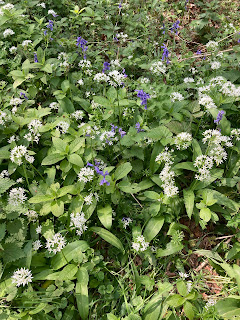Jelly Ear Fungus
A Jelly Ear Fungus growing on a rotting branch.
This peculiar-looking organism is a Jelly Ear fungus (Auricularia auricula-judae). This fungus grows on decaying wood year-round and looks suspiciously like a velvety human ear. They have a preference for Elder, Sycamore, Ash and Beech wood and like damp and shady habitats. Jelly Ears can freeze completely during cold spells, then thaw and continue growing when it warms up, which is pretty amazing!
This gelatinous fungus is actually edible and can grow up to 10cm in width. Though it has no distinct flavour of its own, it can absorb flavours well and so acts similarly to tofu. Jelly Ears are similar in appearance to Bay Cup fungus, which grows on the ground instead, and should not be eaten as it is poisonous. It also appears similar to species in the genus Peziza, but these grow with the ear facing upwards, whereas Jelly Ears face down.
It was used traditionally in medicine to treat various conditions of body parts that it was said to look like, though, curiously, not the ears! It was used instead to treat eye and throat problems (for example, boiling Jelly Ear in milk was used to treat sore throats).

A Jelly Ear growing on a branch, showing its ear-like appearance.
It was initially described in 1789 by Jean Baptiste François Bulliard, but was re-classified into its current genus in 1897 by Richard Wettstein, an Austrian mycologist and botanist.




Comments
Post a Comment